-
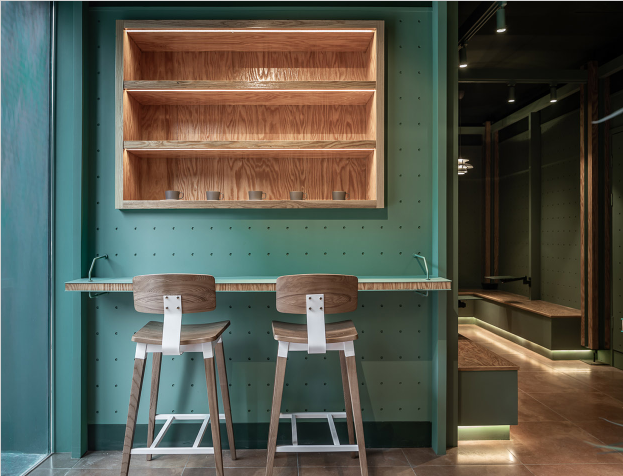
Design Practices for a Brighter Future
For many years, there has been a focus on specifying products made with environmentally friendly materials and manufacturing processes. There is also a growing expectation for lighting designers to reduce carbon footprints through lighting design. “In the future, I think we’re going t...Read more -
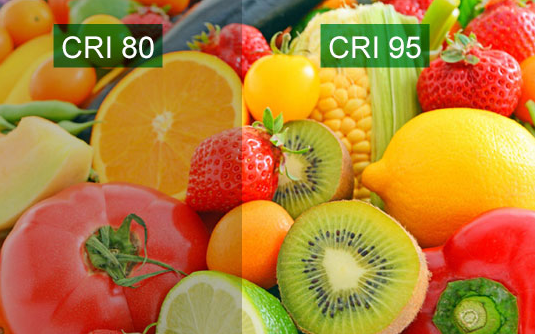
To understand CRI and lumens
As with many other aspects of color science, we must return to the spectral power distribution of a light source. CRI is calculated by examining the spectrum of a light source and then simulating and comparing the spectrum that would reflect off a set of test color samples. CRI calculates the day...Read more -
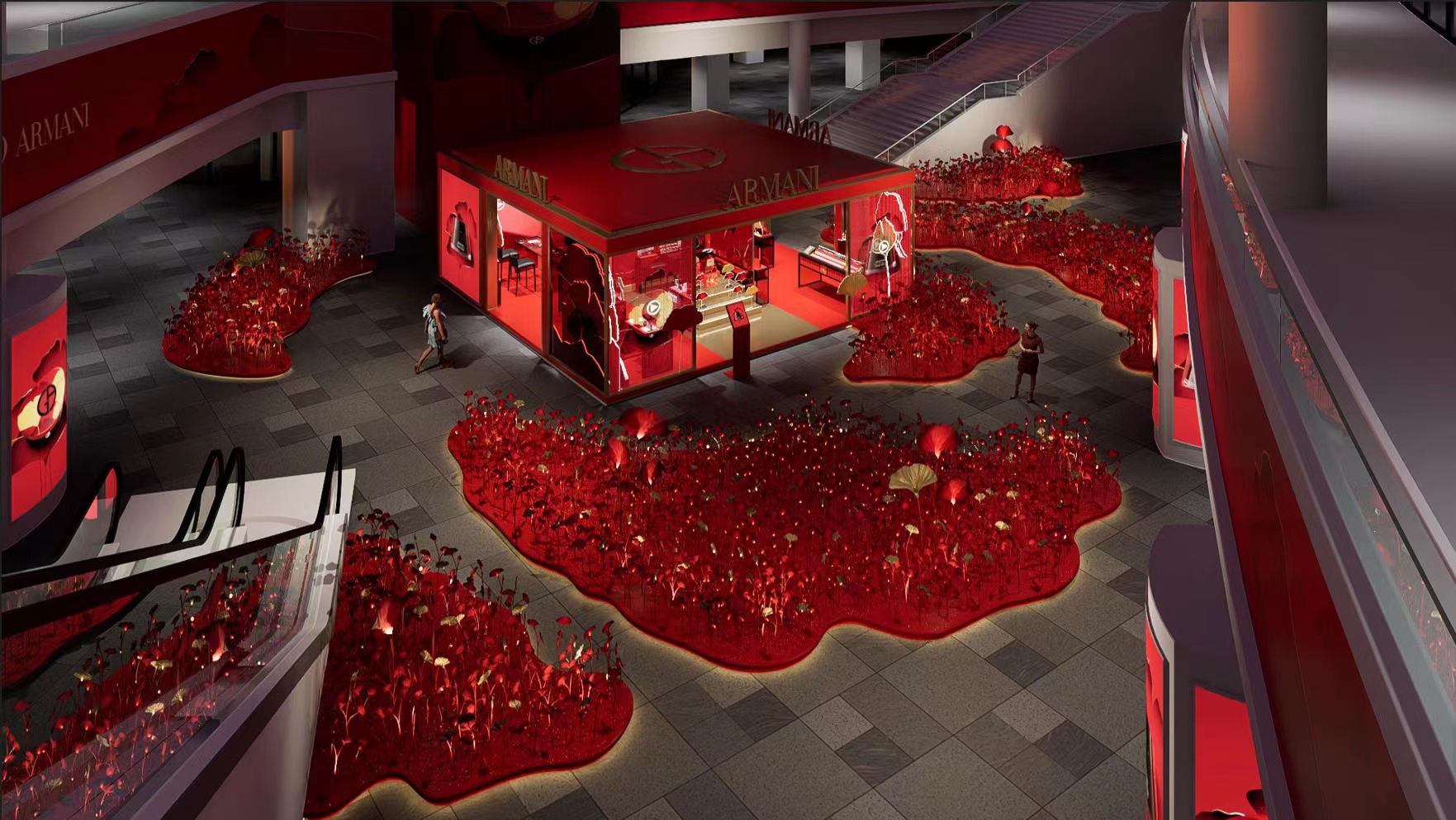
LED Lighting Options for Outdoors
LED lighting isn’t just for the inside! Discover how LED lighting can be used in a variety of outdoor applications (as well as why you should choose outdoor LED strips!) Okay, you went a little overboard with the LED lights inside—every socket now has an LED bulb. LED strip lights were inst...Read more -
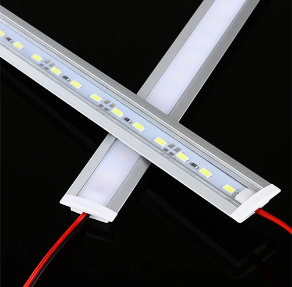
Situations Where the Aluminum Channel Are Not Needed
We advise skipping the aluminum channels and diffusers entirely in situations where neither direct nor indirect glare is a concern, nor are any of the aesthetic or practical issues we covered above a problem. Especially with the ease of mounting via the 3M double-sided adhesive, installing LED st...Read more -

Distribution of light and diffusers made of aluminum profile
The aluminum tube is not actually required for thermal management, as we already covered. However, it does provide a sturdy mounting foundation for the polycarbonate diffuser, which has some really great advantages in terms of light distribution, as well as the LED strip. The diffuser is typicall...Read more -

Do Aluminum Channels Aid in Thermal Control?-Part 2
One of the main challenges in the design of light strips and fixtures in the early days of LED lighting was heat control. In particular, LED diodes are extremely sensitive to high temperatures, unlike incandescent or fluorescent bulbs, and incorrect thermal management can result in premature, or ...Read more -
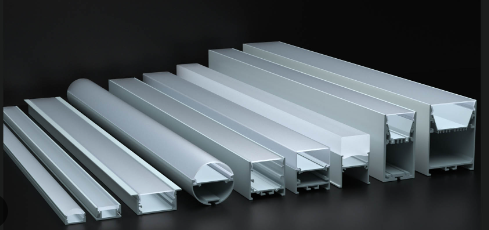
What Are LED Strip Light Aluminum Channels? PART 1
Our aluminum channels (or extrusions) and diffusers are two of the most well-liked add-ons for our LED strip lights. You may regularly see aluminum channels listed on parts lists as an optional item when organizing LED strip light projects. However, how ‘optional’ are they in reality?...Read more -

PERSON-CENTRIC LIGHTING
The 4 Fs of Lighting Health: Function, Flicker, Fullness of Spectrum, and Focus In general, the richness of the light’s spectrum, light flicker, and dispersion/focus of light distribution are three features of artificial lighting that can affect your health. The objective is to generate a l...Read more -

How can the LED flicker be fixed?
Because we need to know which parts of the lighting system need to be improved or replaced, we emphasized how crucial it is to identify the source of the flicker (is it AC power or PWM?). If the LED STRIP is the cause of the flicker, you will need to swap it out for a new one that is made to smoo...Read more -
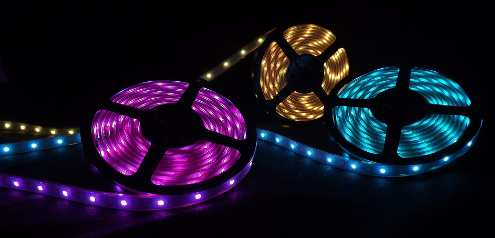
Is LED Lighting Harmful to Your Eyes?
Since 1962, commercial LED strip lights have been regarded as an environmentally friendly replacement for conventional incandescent bulbs. They are affordable, energy-efficient, and offer a variety of warm colors. They do, however, generate blue light, which is bad for the eyes, according to rece...Read more -
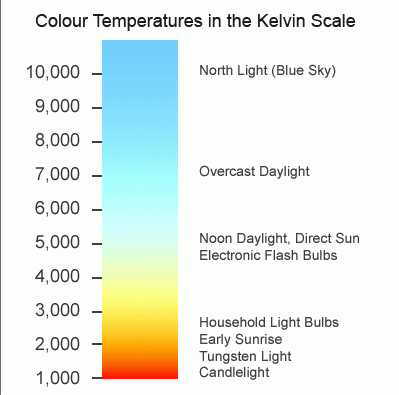
What is the difference between illuminance and color temperature?
Many people use a disconnected, two-step process to determine their lighting needs when arranging lighting for a room. The first phase usually is figuring out how much light is required; for example, “how many lumens do I need?” depending on the activities taking place in the space as...Read more -
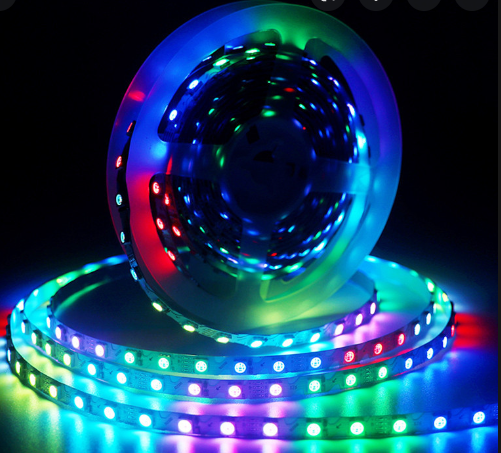
How does the dynamic pixel strip work?
The working principle of the strip light comes from its composition and technology. The earlier technology is to weld the LED on the copper wire, and then cover with PVC pipe or directly form the equipment. There are two kinds of round and flat.It’s according to the number of copper wire an...Read more

 Chinese
Chinese











